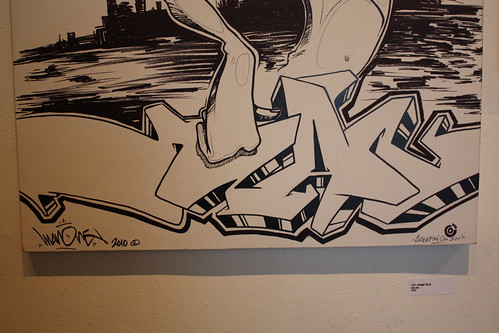
i found the theme of this exhibit, action/reaction, to be very relevant to this time period, especially in the ways that the artists interpreted the theme. although it is very broad and could be completely lost on our generation, the approach that the artiststook made it current and very accessible. for example i really thought that the reusable bags made out of billboards were really innovative and presented such a creative way to react to the issue of shopping bags. the prius billboards made of plants, in my opinion, captured the theme the best. the design
 is something that is visible to a vast amount of people, and the way that the designers took the purpose of the object they were promoting into consideration whileconsidering the materials i found to be crucial in the representation of the prius. the most interesting design was the house built with the retired airplane wing as a roof. although it proved to be extremely impractical, the product was visually striking and perhaps will inspire other artists, architects, and designers to take a more practical approach to this idea.
is something that is visible to a vast amount of people, and the way that the designers took the purpose of the object they were promoting into consideration whileconsidering the materials i found to be crucial in the representation of the prius. the most interesting design was the house built with the retired airplane wing as a roof. although it proved to be extremely impractical, the product was visually striking and perhaps will inspire other artists, architects, and designers to take a more practical approach to this idea. i really did not enjoy the crystal designs, which were showcased as futuristic suits for strange alien-like woman. honestly i dont understand the artist's vision, nor did i find it visually stimulating. it was pretty ugly, but not in a good way.
i really did not enjoy the crystal designs, which were showcased as futuristic suits for strange alien-like woman. honestly i dont understand the artist's vision, nor did i find it visually stimulating. it was pretty ugly, but not in a good way.










 museums and gallery exhibitions but rather displayed throughout the city’s streets. His work has been featured on billboards, murals, executive events, concerts and even construction sites.
museums and gallery exhibitions but rather displayed throughout the city’s streets. His work has been featured on billboards, murals, executive events, concerts and even construction sites.


